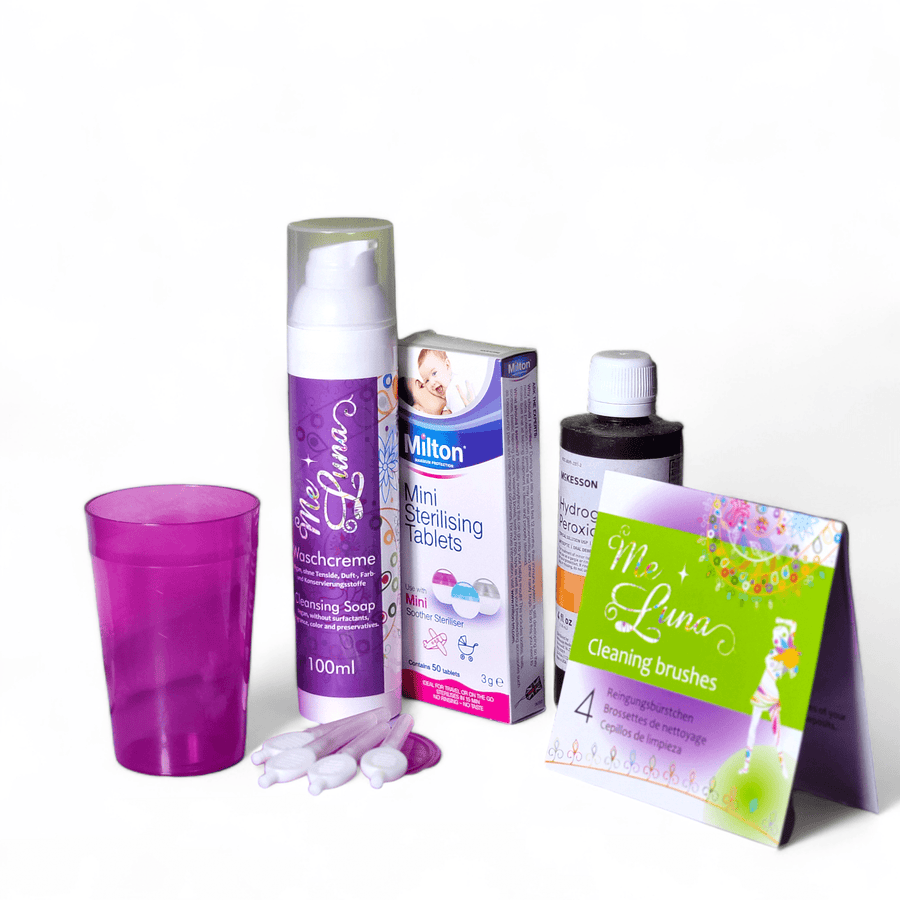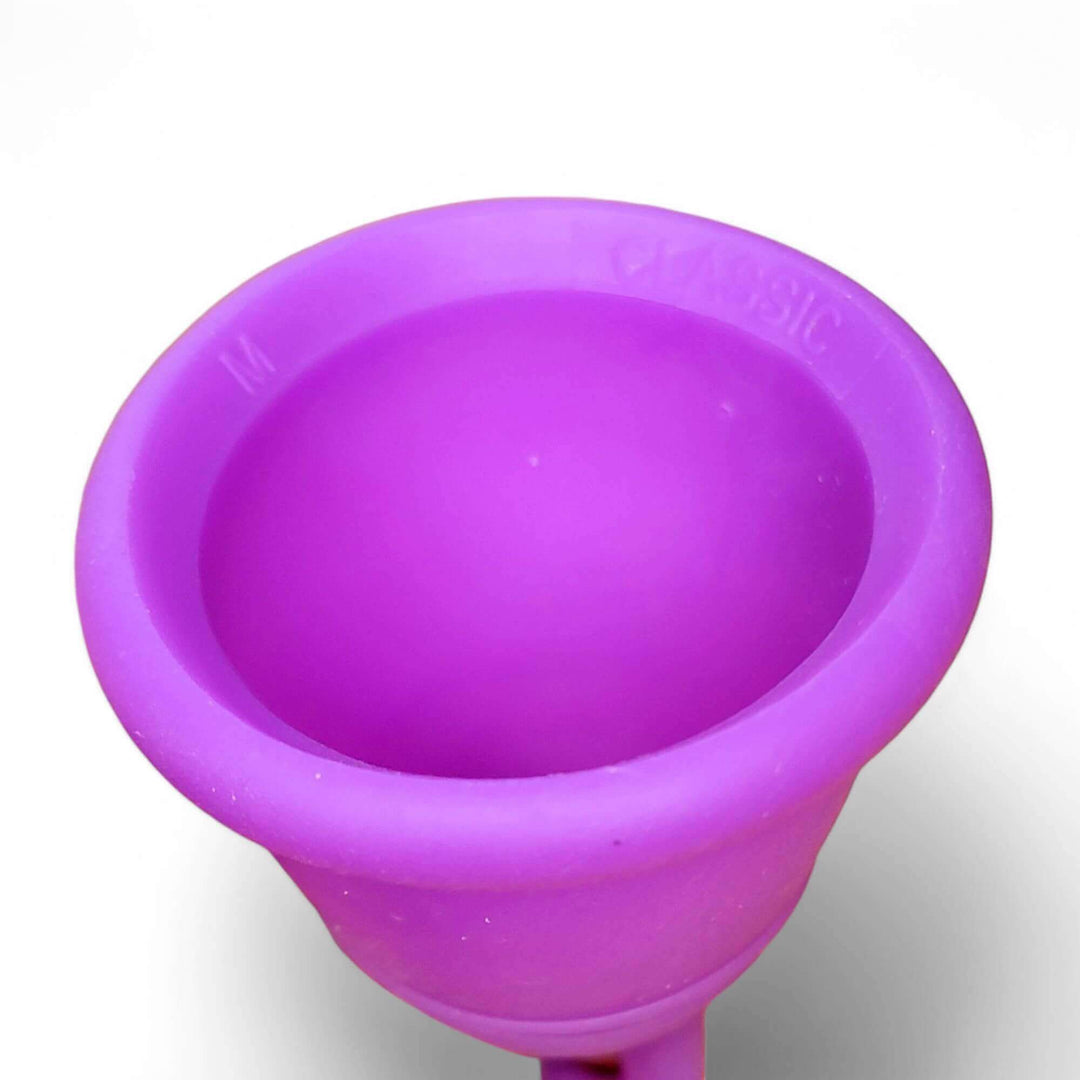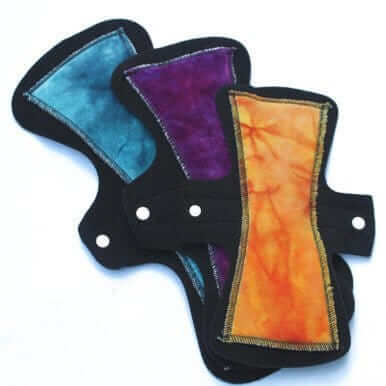Leaking or Slipping Menstrual Disc?
Menstrual Discs vs. Cups: Why Discs Don’t Work for Everyone
Menstrual discs have been getting a lot of attention lately. It feels like they’re everywhere and nearly every menstrual cup brand now offers some version of a disc.
At first glance, they seem like the ultimate solution: they’re reusable like a menstrual cup, and unlike cups, they can also be worn during sex. For many people, that sounds like the best of both worlds.
But the reality is that menstrual discs can be tricky. For many users, they don’t end up being as reliable or comfortable as they hoped.

Why Disc Placement Matters
The way a menstrual disc stays in place is very different from a cup. The back rim of the disc tucks behind the cervix, in the posterior fornix. The front rim is supposed to “catch” just under the anterior fornix, resting on a natural ledge of tissue.
The challenge? Not everyone has a pronounced enough ledge for the disc to hook onto securely. If the ledge is too shallow, the disc can slip, shift, or even empty unexpectedly.
And unlike menstrual cups, which have different folds and placement techniques to improve fit, there’s no real workaround with discs—if your anatomy doesn’t support the design, there isn’t much you can do to make it work.
Hands-On Insertion
Even for people whose anatomy is well-suited for discs, insertion can take some getting used to. Discs often require more “hands-on” placement than users expect, which can be a dealbreaker for those who want a simpler routine.
When Discs Shine
That said, discs can be a great option if they do fit your body. They sit flat, making them especially comfortable for people with a low cervix. And of course, the ability to wear one during intercourse is a major plus for some.
Cups as a Dependable Alternative
If you’ve tried a menstrual disc and it just didn’t work for you, you’re not alone. It doesn’t mean reusable period care isn’t for you—it just means a cup might be a better match. Menstrual cups don’t rely on the anterior fornix to stay in place. Instead, they create a gentle seal in the vaginal canal, as long as the correct diameter is chosen for your body.
Curious which menstrual cup might be your “just right” fit?
Take our Menstrual Cup Quiz and discover your Goldilocks match.
Related Posts:
- What is a Menstrual Cup
- What Not to Do With Menstrual Cups that are Too Long
- Do I need a Low Cervix Menstrual Cup
- 6 Top Reasons why your Menstrual Cup leaks
- Menstrual Cup Tips for Beginners
- Why you may want Multiple Menstrual Cups
- Menstrual Cup Materials Explained
- What to expect when switching to a Low Cervix Cup




















Leave a comment